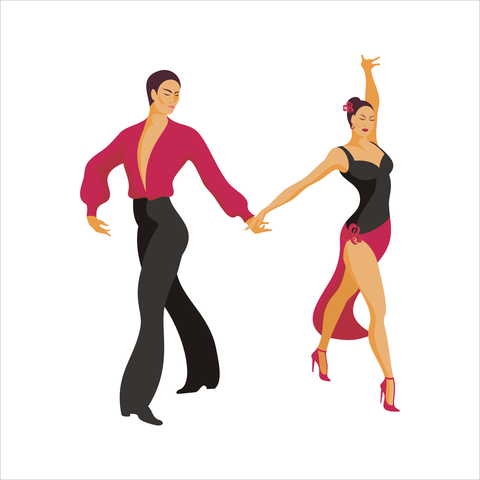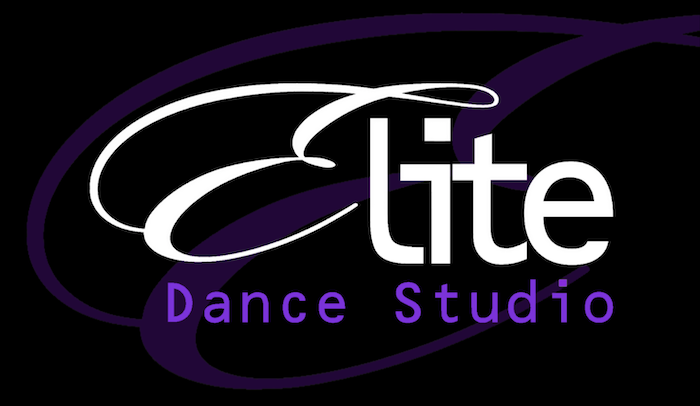Posted by on May 9, 2018 in Blogs

To the uninitiated, modern ballroom paso doble or pasodoble is often the dance the stands out the most. Few dance styles can match the intensity and quickness for which the paso doble is known, so first-timers and superfans alike are pulled along like they are on a rollercoaster. While they remain so to this day, Latin dances have been popular for decades– going back to the studios and clubs of the late 1800s. Curious about how the paso doble was created? Read Elite Dance Studios’ crash course on the dance’s history below.
FRENCH-SPANISH FUSION
By and large, the paso doble is considered a Latin dance because its name (literally: “double step”) and tradition are both Spanish in origin. The dance is also undeniably inspired by Spain’s rich culture, as it depicts the dancers’ interpretation of a thrilling bullfight. Still, this popular dance style is widely considered to originate in France– there was an early 1900s French military term called the pasa redoble, a quick march requiring fast footwork. Soon after, French performers premiered dances and pantomimes similar to what we know as the modern pasodoble.
MONSIEUR PIERRE
So how did a charming, regional dance spread from Southern France to the rest of the world? Born Pierre Jean Phillipe Zurcher-Margolle, he grew to be known as Monsieur Pierre– possibly the most influential dancer and instructor of the 20th century. Despite being blinded in accident as a young man, Monsieur Pierre translated his passion for dance into success and renown throughout World War II until late in life before passing away in 1963. Spending time in France, Switzerland, the United Kingdom, the United States and Cuba meant Monsieur Pierre was able to master many Latin ballroom dances that he then popularized across the globe! Along with the Pasa doble, he is credited with the wider adoption of the samba, Argentine tango, rumba, jive and cha cha.
MODERN PASO DOBLE
In today’s ballroom competitions, the pasa doble still stands out as a dance with flair– it is fast and features sharp moves punctuated by stomps and other flamenco-style variations. Modern success of the dance is attributed to its versatility when choreographed to pop music and other contemporary genres. Additionally, many classical Latin instrumentals still remain popular with crowds and judges alike when paired with the paso doble. Paso doble’s speed also accentuates Latin ballroom costuming and style, as seen on prime time dance competition reality TV shows.
Have you ever been caught up by the thrill of a paso doble routine? Have you tried one or two latin dances, but still have not found your favourite? If you have these or any other concerns, contact or visit Elite Dance Studios today! We can instruct dancers of any level in paso doble or any number of Latin or other dance styles.

